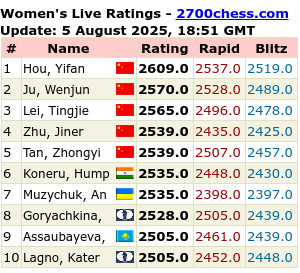"Time spent in reconnaissance is seldom time wasted"
Well, true, but sometimes, you just wish your opponent would follow the same plan as yourself !
In checking out the opposition before playing this back in March last year, I could guarantee that my opponent played 1.d4, a move that I don't particularly enjoy meeting.
Mostly, I have responded 1...f5, the Dutch, which has been relatively good to me.
However, I recognise that its not quite as flexible as some opening moves, and can also be quite particular and precise, so its probably better, at this stage of my playing, to aim for more main-line openings.
When I played chess as at school, the King's Indian was the opening that we all wanted to play. No sensible "chess reason", but mainly because it consisted of a 'fianchetto', which sounded incredibly exciting, let alone the "Indian" part, which was exotic too.
I can't recall if this was also prompted by players at the time, or, as is more likely, it was based on the influence from the school chess club teacher, whose name I can't even remember !!
Mind you, I must have inherited a cult memory, or 'desire' to use it, as I have played it a few times over the years, but never really invested time in learning what it was all about.
I used to play the Old Indian variation, probably because of either romantic notions or a (wrong) belief that it was so obscure that no-one would know it: how many of us amateurs do that ?
Crazy, really. At my chess level opening knowledge is fairly irrelevant ( mine is aimed at reaching the middlegame without losing ! ) , most things are decided by a mistake in the middlegame, and even then, there's a chance of redemption through a future opponent mistake...
Enough of memories, and onto the game in question.
Straightforward enough until move 4.e3.
What is that ? Have we reverted to some subtle Colle-system plan, especially for me ? or just a mistake...
Post-game, he tells me that he doesn't really like playing King's Indian-style as he feels the e4-pawn is too weak.
But aren't there compensations ?
OK, possibly foolishly, I stick to the opening plan, as its easier than thinking. I don't think the move-order is too important here, but my Re8 should definitely have been e5.
5.h3, puts me back in the realms of expectation, and I'm thinking that there is a reason for playing mainlines as I feel good about my chess until 12...Rd8, and I just know as soon as I've played it that that the White response 13.Nd5 is good, and so it proved.
However, all is not so simple in the real world...
 |
| 14...Ne4 |
I enjoyed finding 14.Ncxe4, which, despite the clinical precision of Shredder's positive evaluation in White's favour, does lead to some complication over the board, and a close material difference.
It was a further combination of mistakes on moves 17 and 18, that pushed the game towards White and the one on move 19 that tipped the balance.
 |
| 17...f5 ? |
Now, I can see that 17...f5, which defends the knight, is in fact bad, as it has a number of negative side-effects
a) f6 is no longer possible to defend the e-pawn
b) the king is exposed on the g8-c3 diagonal ( where the Queen is poised ).
c) the e-pawn effectively is hanging, and is an easy target.
I think I expected Rfe1, but the response of Rad1 is so much better, provoking my next error of 18...Nd6, ostensibly blocking the rook threat on the queen, but missing c5!
I played on for quite a while, and ended up in a situation where accurate play was required from White to avoid the tricks in the ending ( although I had no real threats )
He proved more than able to avoid mistakes ( as expected from his rating), and despite an accurate defence, a loss was inevitable,
Enjoyable game, regardless, and not a King's Indian shambles as could have happened.


0 comments:
Post a Comment